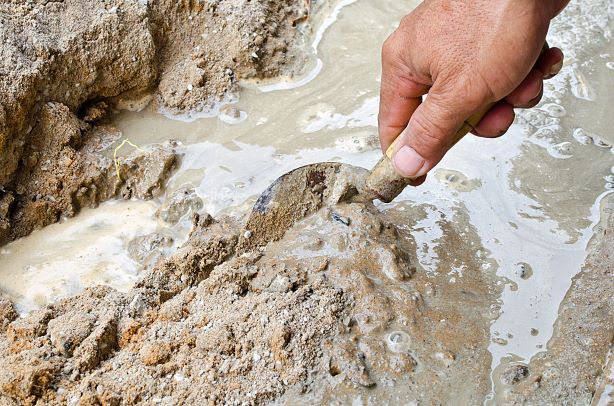
Struggling to
compete with a glut of cheap imports, the SA cement industry has made
presentations to parliamentary portfolio chairpersons as well as political
parties explaining the background and reasons for its Safeguard application to
the International Trade Administration Commission of South Africa (ITAC).
Industry
spokesperson and MD of The Concrete Institute (TCI), Bryan Perrie, has
presented the industry’s plight calling for “the playing field to be levelled”
and pointing out that the cost of doing business in South Africa is
significantly higher than in countries exporting cement to South Africa.
Perrie says according
to the construction market intelligence firm, Industry Insight, imports of
cement into South Africa increased by 293% year-on-year in July – and the
figure looks to be increasing this year. “The cement industry is facing a
crisis which threatens to undermine the industrial capacity of the country in
general. Urgent action is required. We have asked ITAC for a Safeguard action
against cheap cement imports, which are undercutting local producers’ price by
almost 45%, and skewing the market prices,” he said.
“In South
Africa, cement manufacturing is subject to regulatory requirements, including
the newly-introduced carbon tax and ever-increasing energy costs, from which
foreign producers are largely exempt. Unlike foreign producers, the SA cement
sector pays local taxes, which contribute to the government’s fiscus and thus
national development.
“The local
cement sector can produce up to 20-million tons of cement a year but is
currently producing around 13-million. The industry wants to be part of the
inclusive growth championed by President Cyril Ramaphosa at the World Economic
Forum (WEF) on Africa but needs government protection for SA to have the
necessary concrete to build the roads, bridges, ports, and airports such growth
would call for.”
Perrie believes
SA’s greatest challenge is unemployment which could generate unrest and stifle
growth. “Cheap cement imports harming local producers will add to the jobs
crisis and negatively affect the full value-chain in South Africa,” he asserts.
Stellenbosch
University research has shown that the construction industry accounts for 8% of
total formal employment and 17% of total informal employment in SA. The
cement sector directly employs more than 7 000 people and indirectly an
additional 35 000 jobs are affected.
“These
could all be under threat. We have
already made our presentations to ITAC. Now we have also made parliament aware
of why we have applied for the tariffs. We are not looking for protection or a
ban on imports – just to level the field and protect national interests,” he
adds.
For more
information: Bryan Perrie, Tel: 011 315 0300 / email: bryanp@theconcreteinstitute.org.za
More news
- PART 2: HARNESSING THE POTENTIAL OF HIGH SULPHUR FLY ASH IN CONCRETE PRODUCTION
- PART 1: HARNESSING THE POTENTIAL OF HIGH SULPHUR FLY ASH IN CONCRETE PRODUCTION
- PART 2: DESIGN AND CONSTRUCTION OF SLAB-ON-GROUND: APPLYING ACI 318
- DESIGN AND CONSTRUCTION OF SLAB-ON-GROUND: APPLYING ACI 318
- DOK-ING’s innovative electric mining equipment unveiled at ElectraMining

